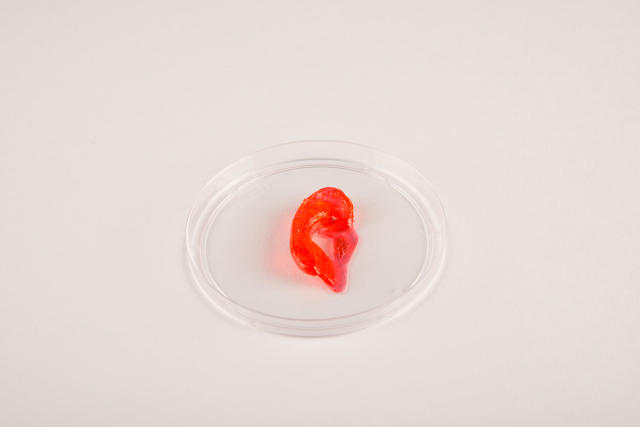This Low-cost 3-D Printer Can Produce Human Organs And Bones
cheaper biofabrication is helping researchers take a look at medication and treatments—it can be method better than trying out on a mouse.
August 19, 2015
At a lab in Philadelphia’s Drexel college, a desktop 3-d printer is cranking out miniature samples of bones. In Toronto, some other researcher is using the same printer to make living tumors for drug checking out. It seems like an ordinary 3-d printer, but as a substitute of plastic, it squirts out living cells.
BioBots, the startup in the back of the instrument, desires to change how researchers do biology. “we have now been doing experiments on cells in a dish due to the fact that 1905, and that is the reason still what we’re doing these days to learn about how issues work inside of our body,” says Danny Cabrera, CEO of BioBots. “however the body is a 3-dimensional structure. Cells in our physique are used to interacting with the arena in three-D. the fact that we have now been doing biology in 2-D for over one hundred years now’s form of limiting.”

up to now, the researcher with the three-D printed tumors would have examined new tumor-combating medicine in a dish or on an animal—neither of which truly represents how the drug would in reality work in the human physique. the three-D printed model gets so much nearer to the real thing. “It mimics the tumor micro-surroundings actually neatly,” says Cabrera. “So while you cross medicine to it, it really is a a lot better predictor of what the effects of these medication goes to be.”
The researcher learning bones is learning how bones kind. “The vision is that after we have in mind these strategies we can recreate them, and we will start to engineer bones for people who need them,” he says. different researchers have printed out samples of heart tissue, lungs, the brain, pores and skin, and cartilage.

Farther someday, the units may well be used to lend a hand sufferers get more individualized treatment—you might go to a lab, provide a pattern of your individual cells, after which a researcher may print a miniature model of your personal organs and test how you would react to a particular drug.
while biofabrication—building fake buildings out of living tissue—has been round for a while, present machines were pricey (some operating half 1,000,000 dollars), enormous, and out of reach for many researchers. “only a small choice of establishments had the ability to make use of them,” he says. “We got down to democratize that expertise and to innovate build better instruments.”
other 3-D printers use UV radiation that may harm cells, so the startup pioneered a new course of that uses visible light and avoids damage. in addition they radically modified the printer itself. “We designed a device that was once so much smaller and far more straightforward to make use of and means cheaper,” Cabrera says.
The startup launched a beta version of the printer final year (at $5,000 each and every) and shipped it to 50 researchers around the world, gathering remarks to refine the design. a brand new version which is more precise, and that can print more than one materials on the similar time, launches on September 8.
sooner or later, because the DIY biohacker movement grows, the printers may start to exhibit up in garages. “it is something that we can for sure think about someday,” Cabrera says. “the same approach we are able to write code at home, and that used to occur in a college, when there were 10 computer systems in the country. i feel this is part of the motion to democratize biotechnology basically.”
(102)














